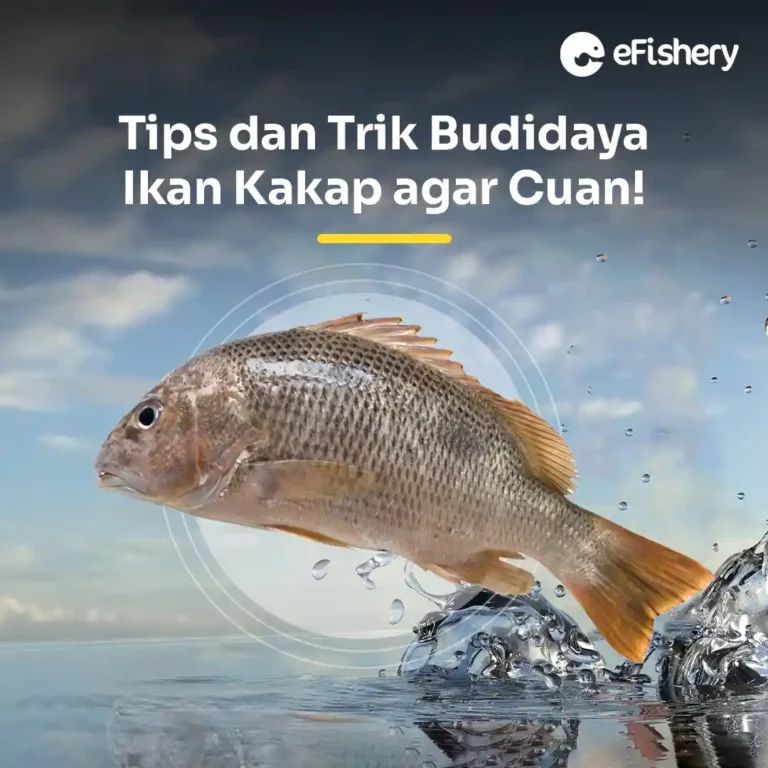Snapper is one of the most popular marine fish cultivated. Snapper cultivation has a promising business opportunity for anyone who can diligently cultivate it.
So, what are the tips and tricks that must be considered so that snapper cultivation produces maximum profit? Read more in this article!
Snapper Cultivation Business Opportunities
Snapper is one of the most popular types of marine fish because it has many fans and is often used as processed food with a high taste. This has made many cultivators interested in cultivating snapper so that the business opportunities for snapper cultivation are becoming increasingly lucrative.
Apart from being profitable, the cultivation method which is relatively easier than other fish makes the business prospects of snapper farming even better. If you want to cultivate snapper, you don't need to buy land to make a pond.
It is enough to cultivate snapper using cages that can be placed on the coast or sea. Of course this will greatly save the initial capital for cultivation.
The high demand for snapper also makes marketing much easier. Not only famous in Indonesia, snapper is also well-known abroad, so it is very suitable to be used as an export commodity at high prices.
In Indonesia alone, snapper is usually sold at IDR 80,000-IDR 100,000 per kg. With a fairly high price, many cultivators are interested in cultivating this fish so that the competition is very high and tight. So, are you more interested in starting a snapper farming business?
Preparation for Starting a Snapper Cultivation Business
The snapper farming business has indeed become one of the businesses that never dies because snapper never loses its fans. If interested, you should do it analysis of snapper farming business first so that you can make preparations before starting a business.
One of the preparations that you can do to start a snapper farming business is to prepare all the equipment for cultivation. The equipment needed includes: hoses, pipes, buckets, nets, tarpaulins, containers, jerry cans, nets, cage cleaners, drums, and others. Another thing that is no less important to prepare is the fingerlings of snapper and the place for maintenance.
Although it can be cultivated in ordinary ponds, snapper is more commonly cultivated in cages, so you can prepare capital to rent cages. With this equipment, the snapper farming business that you have will be maximized.
Types of Snapper Fish
1. Red Snapper
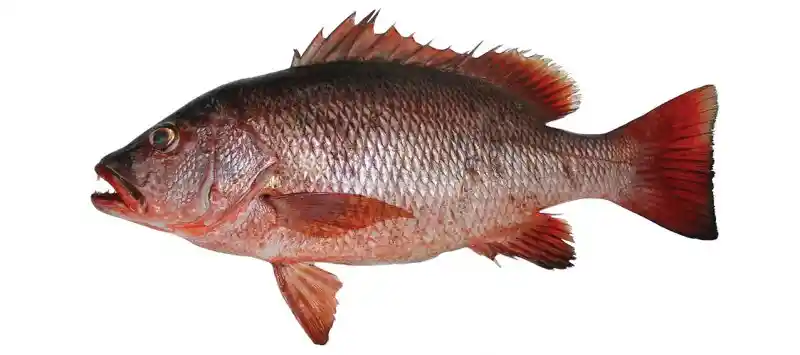
Red Snapper or commonly called Red Snapper is a fish that is persistent in fighting and accentuates its strength compared to other types of snapper. Red snapper inhabits almost all of Indonesia's coastal waters down to a depth of 60 m.
Morphologically, the body shape of this fish is flat and elongated with a mouth located at the end of the head. This fish has sharp canine teeth located in its jaws.
2. Cubera Snapper
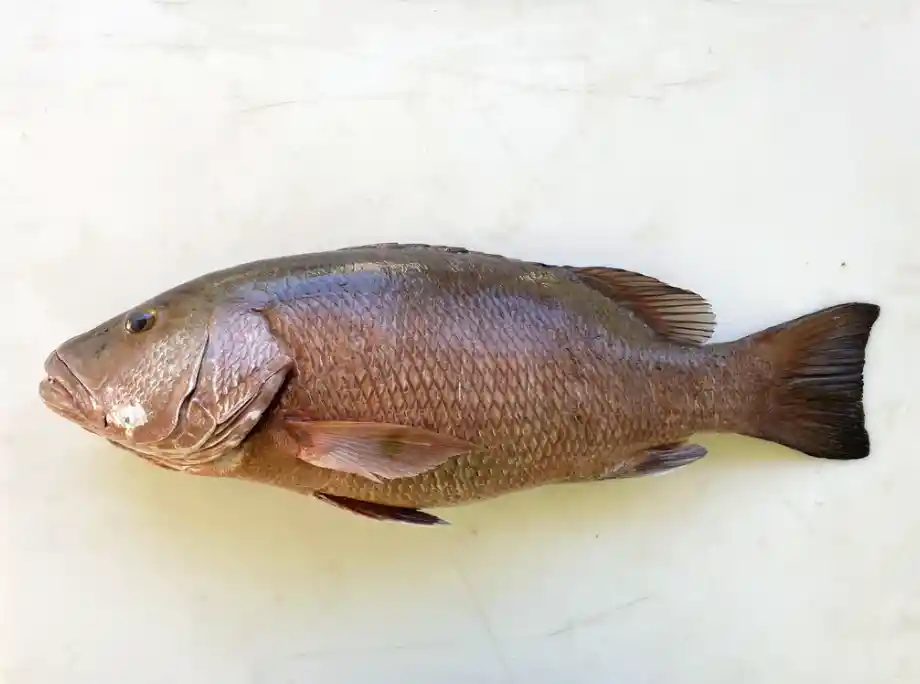
cubera snapper or Cuban Snapper is a type of fish that can grow large with an average weight of 15-25 kg per fish. With its large size, the kubera snapper uses the strength of its body size to put up a fight against other fish.
In addition to the delicious taste of its meat, cubera snapper is famous for being low in fat and high in protein and omega 3. However, this snapper can only live in the sea and cannot be cultivated in fresh water.
3. White Snapper
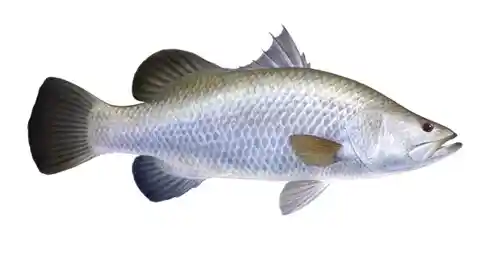
White snapper is a fish that has a scientific name Lates calcarifer. Unlike cubera snapper, snapper culture can be done in ponds that have a clay bottom. This snapper species has a silver and greenish-gray body.
White snapper has a slightly concave head with a pointed snout forward. Besides being cultivated, white snapper can be found in seas and rivers. Not too big like the cubera snapper and red snapper, when mature the white snapper can only grow up to 32 cm in length.
4. Lamb Snapper
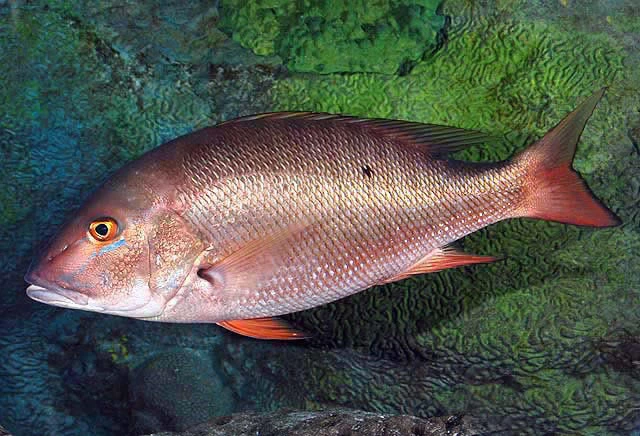
Lamb snapper is a fish that comes from the Atlantic coast. In Indonesia alone, lamb snapper is often found in the East Nusa Tenggara and East Kalimantan regions.
Just like white snapper, lamb snapper can also be cultivated alone. Many cultivators are interested in cultivating this fish because its flesh is soft and contains good nutrition. With its broad body, the lamb snapper is renowned for its deep water fighting skills.
5. Rock Snapper
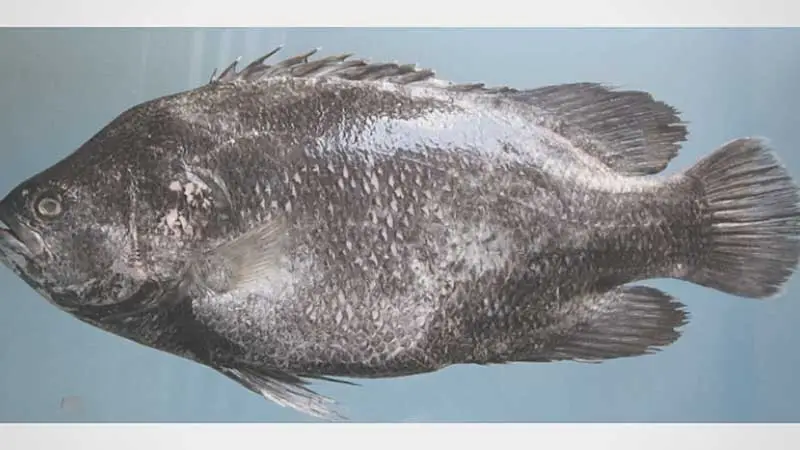
Rock snapper or Mangrove Snapper is one of the popular and ideal catches for anglers at sea. This fish, which can reach a weight of 8.5 kg, is often found in river estuaries, especially in areas where there are mangrove and nipa palm roots. Ordinary rock snapper survives by eating small fish, plankton, and shrimp around it.
Tips for Successful Snapper Cultivation Business
After knowing the business opportunity for snapper and its types, it's time for you to know the tips for successful cultivation. Come on, see tips for successful snapper farming one by one!
1. Tips for Choosing Snapper Cultivation Locations
To facilitate accessibility to ponds, the chosen location should be easily accessible by 4-wheeled vehicles so that production facilities, including seed and feed delivery, can be properly distributed. Even though accessibility is important, the location of snapper cultivation must be far from main roads and industrial areas so that pond water is free from pollution.
If you want to cultivate snapper in cages, install the cages in a place that is protected from big waves and winds. You are also advised to avoid the bottom of the water where there are live coral reefs. This is done to protect the coral reef ecosystem from snapper.
In addition to cages, snapper can also be cultivated in ponds close to seawater sources and not in flood-prone areas. To prevent animals and pests from disturbing the safety of snapper, you are advised to provide a fence around the pond. In addition, waste processing facilities are also needed to precipitate organic matter and restore water quality parameters.
2. Tips for Choosing Snapper Seeds
Before buying snapper fingerlings at a nursery store, you should really understand the characteristics of healthy and high-quality seeds. If healthy, snapper fingerlings will have a bright, shiny color, silvery white, not dark and not pale.
The body shape of healthy snapper fry will be proportional and free from scars and scars. Healthy snapper will swim very actively and be very responsive to shock.
To make fish grow to the same size, the size uniformity of the seeds you choose must be > 80%. Seed size uniformity is prioritized to avoid cannibalism which will later be carried out by large fish. Keep in mind, snapper seeds that are ready for cultivation are seeds that are > 10 cm in size with a stocking density of 100 seeds per m³.
3. Tips for maintaining and feeding Snapper
In order for snapper to grow healthily, the maintenance process must always be monitored. To keep the water clean, replace 10% of the total volume of water every day because water that is too turbid will damage the snapper's appetite.
In order to meet the nutritional needs of snapper, you need to provide feed in the form of fresh fish with high protein. Besides eating fresh fish, snapper can also consume pellets. Just like other fish, the amount of snapper feeding must also be considered based on its age. Feeding for snapper should be done regularly 2 times a day in the morning and evening.
4. Tips for Handling Disease in Snapper
Handling disease in snapper is one way to prevent you from losing your aquaculture business. One of the signs of a diseased snapper is a decreased appetite. If their appetite decreases, the snapper will become limp, their body will become pale and the mucus they produce will increase. To prevent this, you can soak the fish in fresh water for a maximum of 15 minutes or use formalin for about 30 minutes.
Success in Snapper Cultivation with eFisheryKu!

Semoga tips-tips di atas bisa berguna untuk Bapak/Ibu yang ingin memulai budidaya ikan kakap, ya! Untuk menyukseskan usaha budidaya ikan kakap Bapak/Ibu, eFishery punya aplikasi budidaya ikan serba ada, eFisheryKu.
eFisheryKu is the application of eFishery yang menjadi andalan Pembudidaya di Indonesia mulai dari awal siklus budidaya hingga panen. Di eFisheryKu, Bapak/Ibu bisa membeli pakan di fitur Buy Feed, mendapat akses ke lembaga finansial dengan Kabayan, menjual ikan hasil panen di fitur Fish Stall, dan mendapatkan kemudahan lainnya.
Downloads eFisheryKu dan registrasi sekarang juga untuk dapat banyak keuntungan dengan klik tombol di bawah ini!
- http://www.agrowindo.com/peluang-usaha-budidaya-ikan-kakap-dan-analisa-usahanya.html
- https://workamerica.co/ikan-kakap/
- https://berita.99.co/jenis-ikan-kakap/
- https://mai.or.id/archives/2424
- https://www.minapoli.com/info/7-cara-paling-mudah-budidaya-ikan-kakap-putih-bagi-pemula
